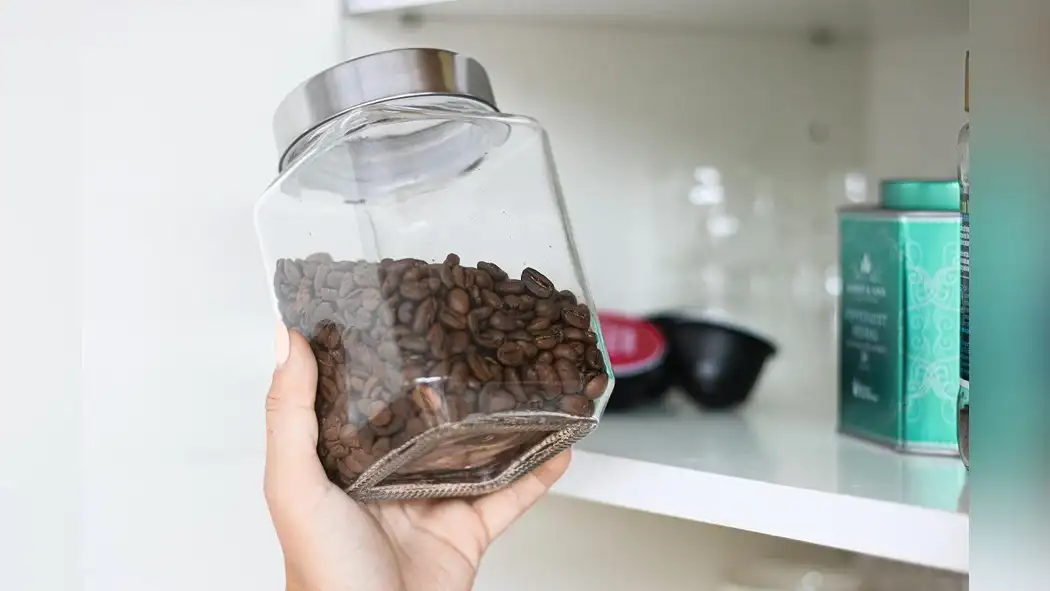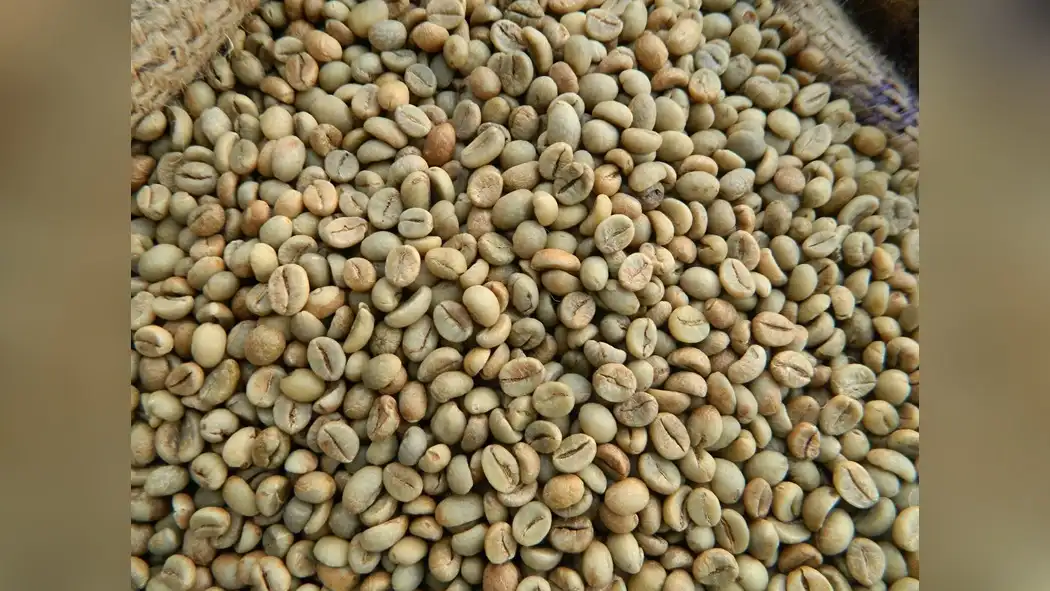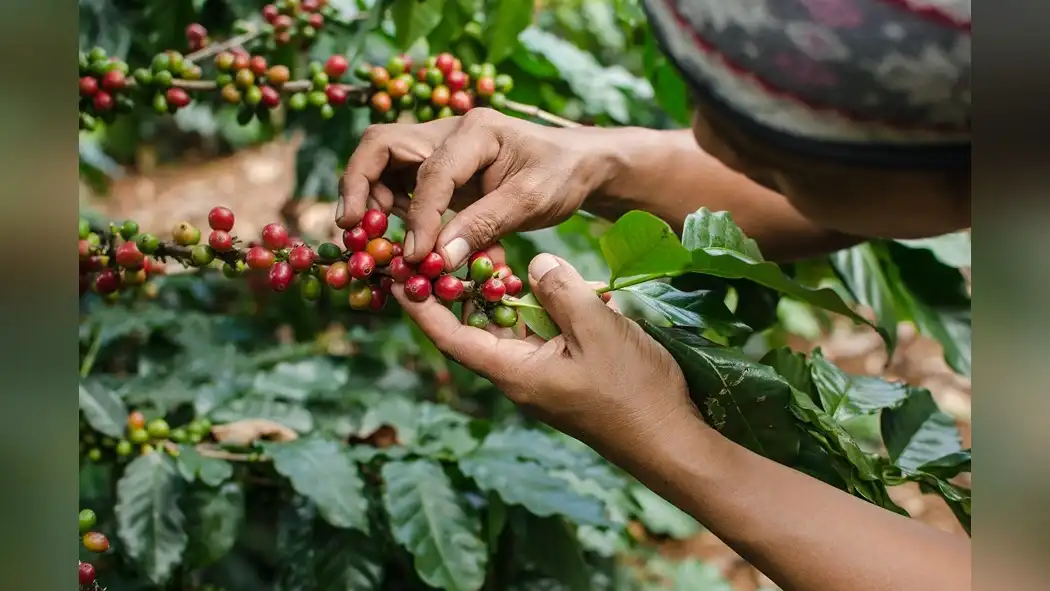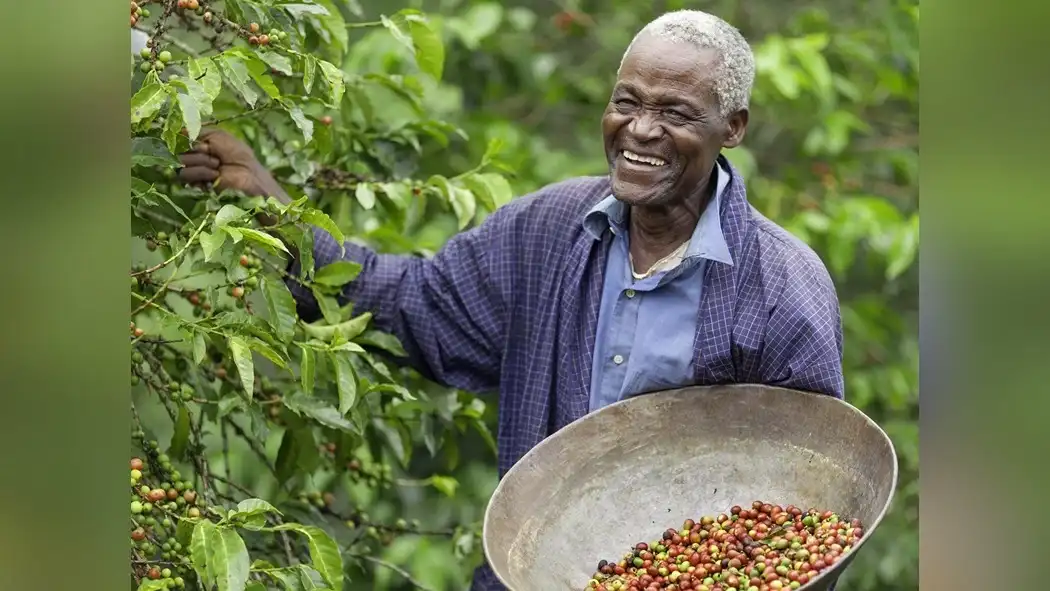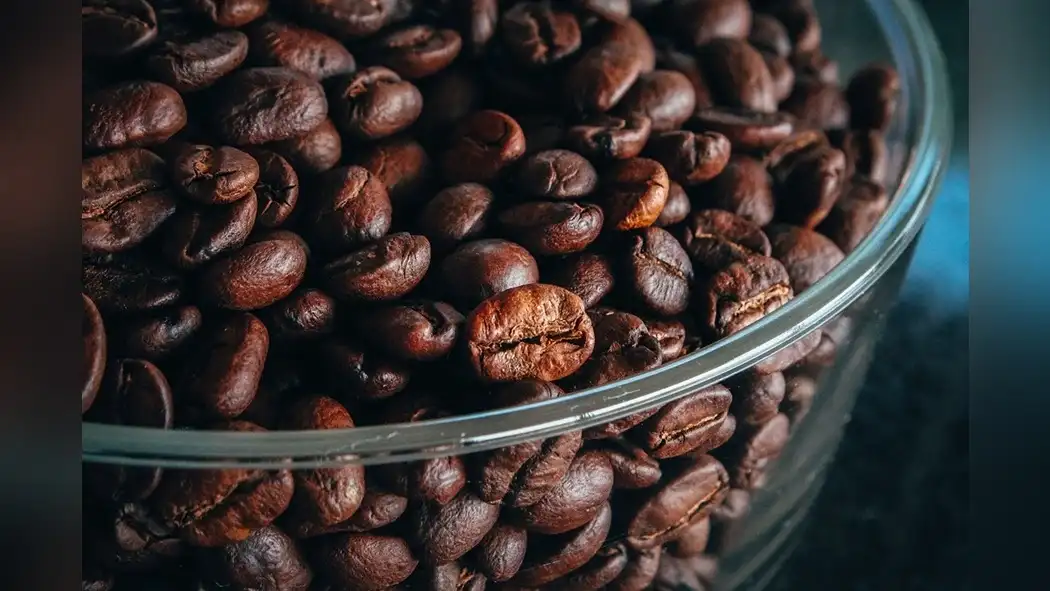Hey there, coffee enthusiast!
Ever wondered about the best way to process robusta coffee? In the world of coffee processing, the debate between hulling and husking has been brewing for quite some time. If you're eager to understand the nuances between these two methods, you've come to the right place.
Both hulling and husking play a crucial role in determining the flavor and quality of your robusta coffee. By exploring the pros and cons of each approach, you can make an informed decision that aligns with your preferences and priorities.
So, let's dive into the world of coffee processing and uncover which method is right for your robusta beans!
The Difference Between Hulling and Husking
Why should you understand the difference between hulling and husking when it comes to processing Robusta coffee? Processing techniques play a crucial role in determining the quality and flavor of the final product. Robusta coffee varieties, known for their strong and earthy flavor, require specific processing methods to bring out their best qualities.
Hulling refers to the process of removing the parchment layer from the coffee bean, while husking involves removing the outer husk from the cherry. Understanding the distinction between hulling and husking is essential because it directly impacts the flavor profile and quality of the Robusta coffee.
When hulling Robusta coffee, the focus is on ensuring that the parchment layer is carefully removed without damaging the bean. This step is critical in preserving the unique characteristics of Robusta coffee, such as its bold flavor and high caffeine content.
On the other hand, husking involves removing the outer husk from the cherry before further processing. Each step in the processing techniques for Robusta coffee plays a vital role in maintaining the integrity of the beans and ensuring the distinctive flavor profile is preserved.
Pros and Cons of Hulling Robusta Coffee
When hulling Robusta coffee, you must consider the advantages and drawbacks of this particular processing method. Hulling offers efficient removal of the parchment layer, which can improve the consistency and quality of the final product. However, there are also drawbacks to consider, such as the potential impact on flavor preservation. Here's a breakdown of the pros and cons of hulling Robusta coffee:
| Pros | Cons |
|---|---|
| Efficient parchment | Potential impact on flavor |
| removal | preservation techniques |
Hulling efficiency is a significant advantage, as it ensures that the parchment layer is effectively removed, streamlining the coffee processing. On the other hand, the drawback lies in the potential impact on flavor preservation techniques. Hulling may affect the preservation of flavors in the coffee beans, which is crucial for maintaining the desired taste profile. As you weigh the pros and cons, it's essential to consider the overall impact of hulling on the quality and flavor of the Robusta coffee.
Pros and Cons of Husking Robusta Coffee
When husking Robusta coffee, you can expect flavor preservation methods to play a crucial role in the final product. The impact on bean quality should also be considered, as it can affect the overall taste and aroma of the coffee.
Additionally, efficiency and yield are important factors to weigh when deciding whether husking is the right approach for Robusta coffee processing.
Flavor Preservation Methods
To preserve the flavor of Robusta coffee, husking offers distinct advantages and disadvantages compared to other methods.
Husking, also known as dry milling, helps maintain the bean's natural flavor profile by removing only the outer parchment layer, allowing the inner silver skin to remain intact. This method helps preserve the coffee's inherent earthy and nutty notes, which are highly sought after by many coffee enthusiasts.
However, husking can also pose challenges in flavor preservation as it leaves the beans more susceptible to moisture absorption and potential flavor degradation if not stored properly. Additionally, the husking process requires precision to avoid damaging the beans, which can impact the overall flavor.
When considering flavor preservation, it's essential to align husking with suitable roasting techniques to ensure the desired flavor profile is maintained throughout the entire process.
Impact on Bean Quality
You should weigh the pros and cons of husking Robusta coffee beans to understand its impact on bean quality. Husking Robusta coffee beans can have both positive and negative effects on bean preservation and processing efficiency. Consider the following factors:
| Pros | Cons |
|---|---|
| Enhanced processing | Risk of bean damage |
| Increased efficiency | Potential flavor loss |
| Reduced contamination | Higher processing cost |
Husking can enhance processing efficiency and reduce contamination, but there's a risk of bean damage and potential flavor loss. It's essential to carefully evaluate these aspects to determine if husking is the right choice for preserving Robusta coffee bean quality while maintaining processing efficiency.
Efficiency and Yield
To achieve higher efficiency and yield when husking Robusta coffee beans, carefully consider the trade-offs between processing speed and potential flavor impact. Husking offers several advantages in terms of efficiency and yield in coffee production:
- Increased Processing Speed: Husking Robusta coffee beans can be done at a faster rate compared to other methods, leading to higher overall efficiency in the production process.
- Enhanced Yield: Husking allows for a higher yield of intact beans, minimizing losses during processing and ultimately increasing the quantity of marketable coffee.
- Consistent Quality: With proper husking techniques, the potential flavor impact can be minimized, allowing for a consistent and reliable quality of the final coffee product.
Considering these factors, husking Robusta coffee beans can significantly improve efficiency and yield in coffee production, provided that the processing method is carefully managed.
Impact on Robusta Coffee Flavor and Quality
When it comes to hulling and husking Robusta coffee, the method used can significantly impact the flavor and overall quality of the beans.
The flavor profiles of the coffee can differ based on whether the beans are hulled or husked, ultimately affecting the sensory experience for consumers.
Understanding the impact of these processing methods is crucial for ensuring the desired flavor and quality of Robusta coffee.
Flavor Profiles Differ
How do hulling and husking impact the flavor and quality of Robusta coffee? The flavor profiles of Robusta coffee differ significantly based on the processing techniques used. Understanding these differences can help you appreciate the unique characteristics of Robusta coffee.
- Flavor Development: Hulling, which involves removing the parchment layer, can lead to a cleaner and brighter flavor profile in Robusta coffee. In contrast, husking, which removes the outer husk, may result in a more earthy and full-bodied flavor.
- Aroma: Hulling tends to preserve the natural oils of the coffee beans, enhancing the aroma and imparting a more pronounced fragrance. On the other hand, husking may lead to a slightly milder aroma.
- Quality: Hulling is often associated with higher-quality Robusta coffee due to the preservation of the bean's essential oils and flavors, while husking may result in a different quality profile, favored by those seeking specific flavor characteristics.
Impact on Quality
You can observe a noticeable difference in the flavor and quality of Robusta coffee when comparing the impact of hulling and husking on the beans' processing.
The processing methods play a crucial role in flavor development and quality control. Husking, for instance, tends to result in a cleaner and more consistent flavor profile, as it removes the outer husk while keeping the inner parchment layer intact. This preservation of the parchment helps in maintaining the bean's intrinsic qualities, which can then be further enhanced through specific roasting techniques.
On the other hand, hulling, while efficient in removing the entire outer layer, can sometimes impact the flavor development due to potential exposure to contaminants during the process.
This underlines the significance of quality control and precise roasting techniques to ensure the best possible flavor and quality for Robusta coffee.
Environmental and Economic Considerations
Consider the environmental and economic impact of hulling and husking on Robusta coffee production to make informed decisions on processing methods.
When evaluating the environmental sustainability of hulling and husking, it's essential to weigh the impact of water and energy usage. Additionally, consider the generation of organic waste and its disposal methods to minimize environmental harm.
Furthermore, conducting a cost analysis is crucial to understand the economic implications of each method. This should include evaluating the initial investment, operational costs, and potential long-term savings. Moreover, consider the impact on the local community and labor force when assessing the economic aspects. Understanding the broader economic implications, such as job creation and income generation, is vital for making well-informed decisions.
Lastly, consider the potential for technological advancements and innovation in both hulling and husking processes to drive environmental and economic benefits. By considering these factors, you can make informed decisions about the processing method that aligns with both environmental sustainability and economic viability.
Best Practices for Robusta Coffee Processing
When processing Robusta coffee, it's essential to carefully consider the optimal methods for hulling or husking to maintain quality and maximize efficiency.
After processing, the next critical step is roasting. Robusta coffee beans generally require a darker roast than Arabica beans to bring out their robust flavor and reduce their inherent bitterness. This is important to keep in mind when planning the roasting process.
Additionally, understanding brewing techniques specific to Robusta coffee is crucial. Due to its higher caffeine content and bold flavor profile, Robusta coffee may require different brewing parameters compared to Arabica.
As you navigate the processing phase, staying informed about Robusta coffee market trends is imperative for making informed decisions. It's also essential to implement sustainable practices throughout the processing chain to ensure the longevity of Robusta coffee production.
Lastly, incorporating stringent quality control measures at every stage is vital for consistently delivering high-quality Robusta coffee to the market.
Conclusion
In the end, whether you opt for hulling or husking for your robusta coffee, both methods have their advantages and drawbacks. Consider the impact on flavor and quality, as well as the environmental and economic implications.
With careful consideration and best practices in processing, you can ensure that your robusta coffee is of the highest quality, meeting the standards of both your customers and the industry.
Choose wisely and enjoy the rich, bold flavors of robusta coffee.






